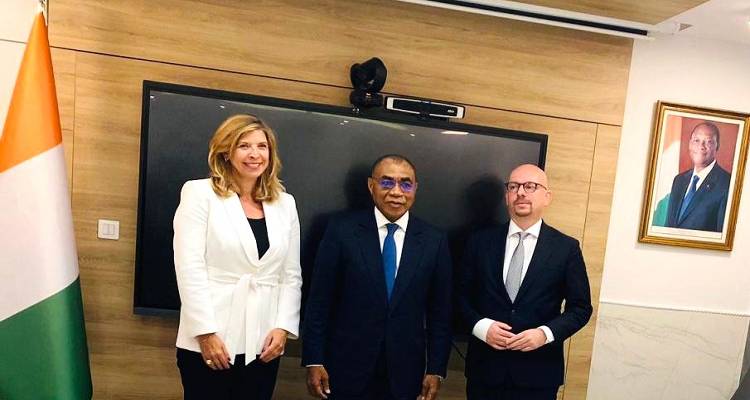Page 2 of 2
"Bankable" assets
When aligning the objectives of PPPs, the eventual aim is to ensure they create a project that is "bankable," Olusina Daniel went on to explain.
He asked what this meant in practice, drawing on an answer from the AfDB linked to the de-risking of projects through mitigation strategies that demonstrate competence and capability.
To begin, a decision must be made on whether a project is suitable for a PPP, he said, in doing so alluding to the example that a project may be economically, but not necessarily commercially, viable.
"Not every project is suitable for PPP. You have to go through a process of evaluating that," he described.
A legal and institutional framework needs to be in place to instil confidence in the private sector delivery partner that their capital will not be put at risk, he said.
Implementing such a framework also ensures the PPP receives public assent.
"This (process) evolves," he pointed out. "Just because you have something in place, it doesn't mean it will be right for tomorrow's challenges so you have to constantly review.
"You need to get a sense not only of what you're trying to do, but how it fits into that space or other sectors."
Long term strategic and infrastructure planning will allow other sectors to create the manpower required to ensure PPPs deliver value and impact, he added.
He then moved on to address the demands of structuring PPP contracts, reminding delegates that this process is not inexpensive.
Managing and delivering the contract and not reaching financial close are among a variety of frustrating challenges that can crop up during the process, he concluded.
AfDB illuminates PPP growth
In a seperate session, Jacqueline Odula-Lyakurwa, capacity development specialist of the African Development Institute at the African Development Bank, highlighted some key engagement initiatives AfDB is working on.
She said the bank is partnering with 24 African countries across the continent and commands US$102bn in authorised capital.
Its 2013-22 strategy contains two objectives to support transformation, including inclusive growth and a gradual transition to green growth.
Five core priorities include infrastructural development, regional integration, private sector development, governance and accountability, and skills and technology.
“The focus on public private partnerships over the last five years is because they have the capacity and potential to help us meet infrastructural development, regional integration, private sector development, governance and accountability and skills and technology," she told the audience.
Following the inauguration of new AfDB president Akinwumi Adesina last year, Odula-Lyakurwa said the bank has refined its priorities in the form of five strategic objectives: Light Up and Power Africa, Feed Africa, Industrialise Africa, Integrate Africa, and Improve the Quality of Life for the People in Africa.
“The rationale for focusing on these five priorities is a large percentage of the continent is in the dark, does not have electricity, and this really impedes development," she said.
“Public private partnerships have the potential to help us achieve the ‘high fives’. The modus operandi is it provides an attractive operational and financial model in the face of limited and shrinking resources.
"PPPs provide financial innovation and the bank is willing to support new development and nurtures solid relationships between both parties, public and private."
As a result of the AfDB’s work, 24,900km of road has been built and rehabilitated, with 15,000km of transmission and distribution lines installed. This features alongside 3,000MW of generated capacity, pointing to a new project on the horizon that seeks to double this output.
Looking ahead, she said the AfDB was positive with the enhanced awareness and interest in PPPs across the globe.





































